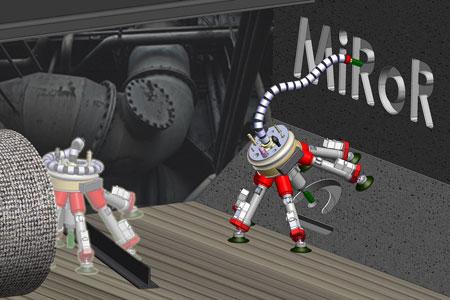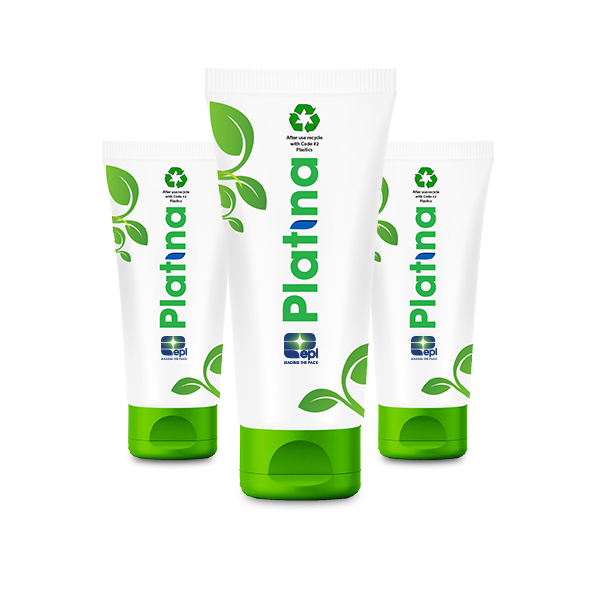The first major application for a new DuPont nylon technology is an engine cover for a new-generation turbocharged engine used in the 2010 Cadillac CTS.
The result is a cost savings of up to 30 percent and an improved appearance. DuPont has filed more than 20 patent applications for various aspects of the new nylon technology.
A longtime workhorse engineering plastic, nylon is the target of a research renaissance, much of which was on display at K 2010, a German tradeshow held Oct. 25 through Nov. 3.
Much of the research is focused on boosting the thermal performance of nylon in under-the-hood applications, where resistance to hot oil, engine coolant and road salt is also required.
“One of the most prevalent trends in the automotive market is the use of turbocharged engines for smaller cars,” says Mike Day, DuPont Automotive Performance Polymers marketing director-Americas.
A turbocharger is a gas compressor that increases the density of air entering the engine to create more power. The compressor is powered by a turbine driven by the engine’s own exhaust gases rather than a direct mechanical drive.
New Nylons Boost Performance under the Hood_B”The first transmission cross beam made of plastic (front part) is standard in the new BMW 5 Series Gran Turismo 550i. Source: ContiTech Vibration Control”

The result is that thermal specifications for the GM engine cover are 180C for continuous use and 200C peak with exposure to hot oil, coolants and road salt. The new nylon grade works at 210C continuous temperature and 230C peak.
“We find most often in our turbo charge and other high-temperature applications that the continuous temperature range is higher than what standard nylons may be able to tolerate,” says Shawn Owen, senior project engineer for the GM Power Train Air Delivery Group.
“So typically, we have been using polyphthalamide (PPA) materials that come with cost, appearance and processability concerns. For some time, we’ve been looking for a replacement.”
Fast Processing
GM materials’ engineers also require plastic for the new application to have excellent surface finish with potential for flame-retardant applications. To meet part economics requirements, the plastic must also mold in cycles under 60 seconds. Total cost savings to GM are as high as 30 percent with the new material.
The engine cover was recognized as the materials’ category winner in the 2010 Society of Plastics Engineers Automotive Innovation Awards Program. Winners were announced Nov. 9 in Livonia, MI.
The nylon used in the engine cover is Zytel Plus PLS 95G35DH copolymer – extended HS. It’s based on “Shield” technology which DuPont introduced at K 2010 in Düsseldorf, Germany.
New Nylons Boost Performance under the Hood”The turbo engine covers in the Cadillac CTS are made with a nylon specially developed for hot, corrosive environments. Source: General Motors”

DuPont describes Shield as its most important nylon development in 30 years. A DuPont scientist named Wallace Carothers invented nylon in 1935. Outside the U.S., nylon is called polyamide.
There are three components to Shield technology: new polymer backbone, polymer modifications and a new set of additives.
DuPont officials feel the GM engine cover is the tip of the iceberg. Oil pans are another target. Oil pans have been slow to convert to plastics because of tough stone-impact requirements.
Another new Zytel Plus grade is designed specifically to meet aluminum stone impact and heat-aging requirements. Its designation is Zytel PLS 95G40DH1t. The new grade may also create opportunities for plastics in automotive exhaust systems. Other targets are transmission pans, oil filter modules, rocker covers and other transmission components.
DuPont also introduced two new PPA grades at K 2010 that use Shield technology. The new Zytel HTN92 Series PPA resins feature strength after 1,000 hours air oven aging at 230C that is double that of standard PPA, according to a DuPont spokesperson at K 2010.
New HR Grade
BASF nylon technology is also making news.
A new engine-mounted oil filter module is enabled by a superior hydrolysis and heat-aging resin. The part is used on the 2011 Chrysler Pentastar engine. The resin is a 35 percent glass-filled Ultramid optimized for hydrolysis resistance. The HR resistance is improved by a specialized coating on the glass fiber.
Thermal requirements for cooling systems have been rising due to higher under-hood temperatures – the same factor affecting engine covers and other components. Testing temperatures have increased to 130 to 135C. The new module is directly mounted and packaged in the engine. The previous system was remotely mounted in a cooler environment. Like the DuPont material, the base resin is also modified to increase chemical resistance.
First use of the new module by an American OEM is on the 2011 Dodge Challenger and the 2011 Jeep Grand Cherokee.

New Nylons Boost Performance under the Hood”Thermal specifications for the GM engine cover are 180C for continuous use and 200C peak with exposure to hot oil, coolants and road salt. Source: Society of Plastics Engineers”
In another development, nylon composites are used as weight-saving engine mounts in the BMW 550i GT and 750i. Force-transmitting components of engine mounts have been made of metal, first steel and more recently, die-cast aluminum.
Use of glass-reinforced nylon reduces weight 50 percent, eliminates one supplier, and reduces noise levels. In a presentation in Auburn Hills, MI, Scott Bykowski, manager R&D for ContiTech North America, said the BASF application represents the first use of injection molded nylon for a chassis cross member.
The transmission cross beam is a structural component designed to withstand high load and is the direct link to the engine-transmission mount.
BASF also announced major nylon innovations at K 2010.
One example is a new fast-flowing nylon 6 compound, Ultramid B3WG6 High Speed. In spiral flow tests, the new grade flows at least 50 percent farther than its conventional predecessor, according to BASF.
“The benefits associated with good flowability can basically be exploited in two different situations,” says Dr. Anka Bernnat, an automotive product development specialist for BASF in Ludwigshafen, Germany. One is reduced wear on tools. In another benefit, more complex geometries in molds can be filled more easily. The new chemistry will also target engine covers as well as intake manifolds and pedals.
Source : www.designnews.com







